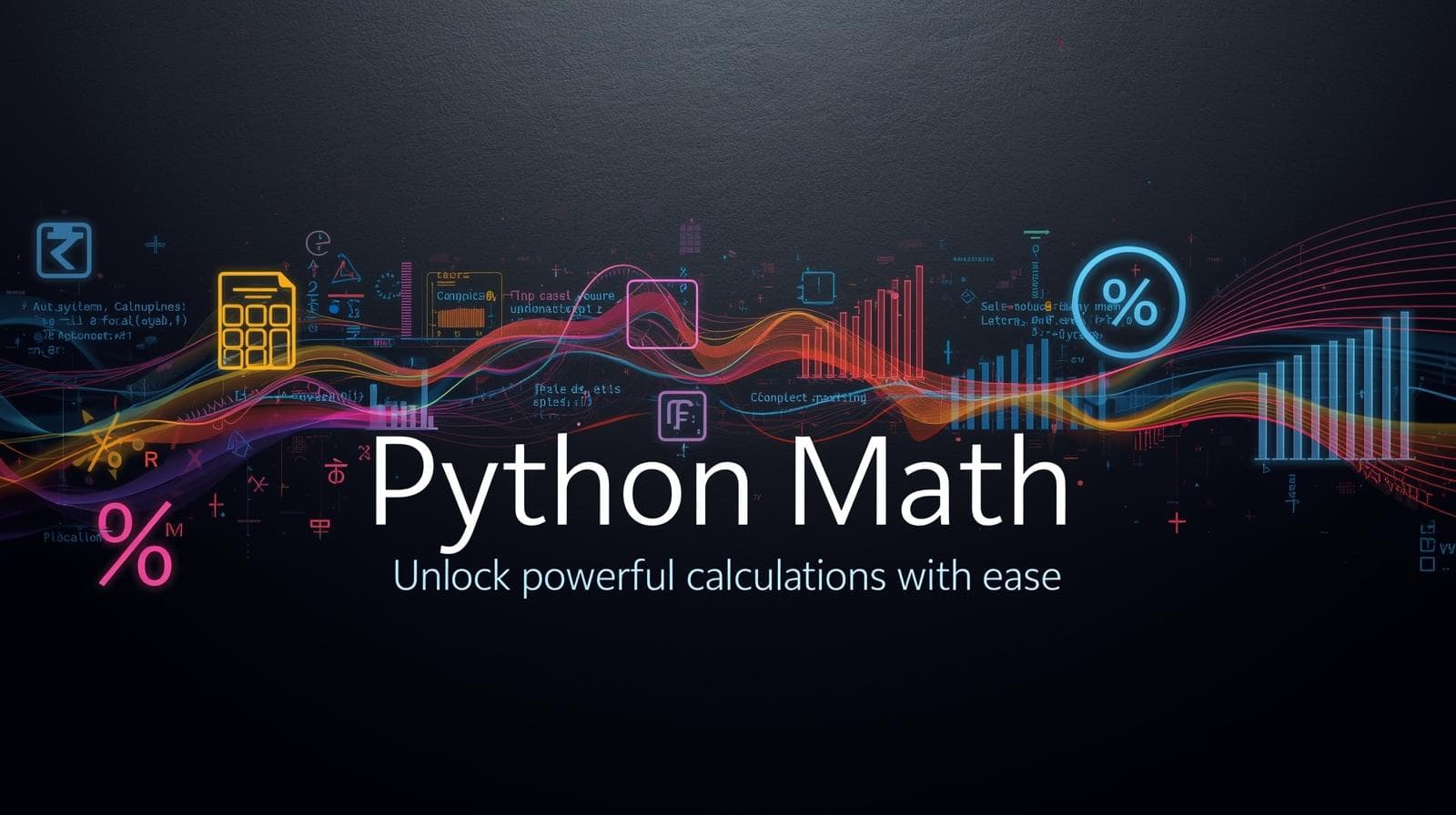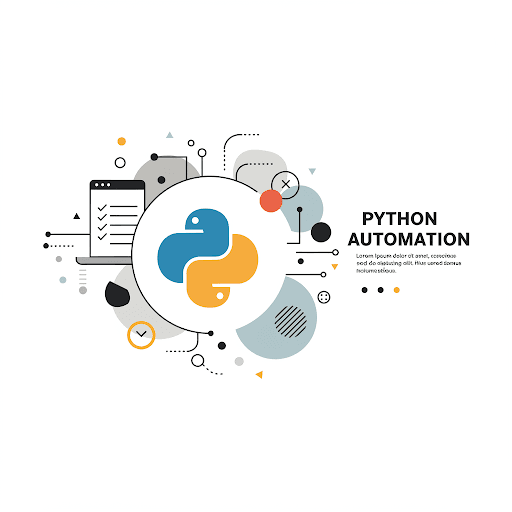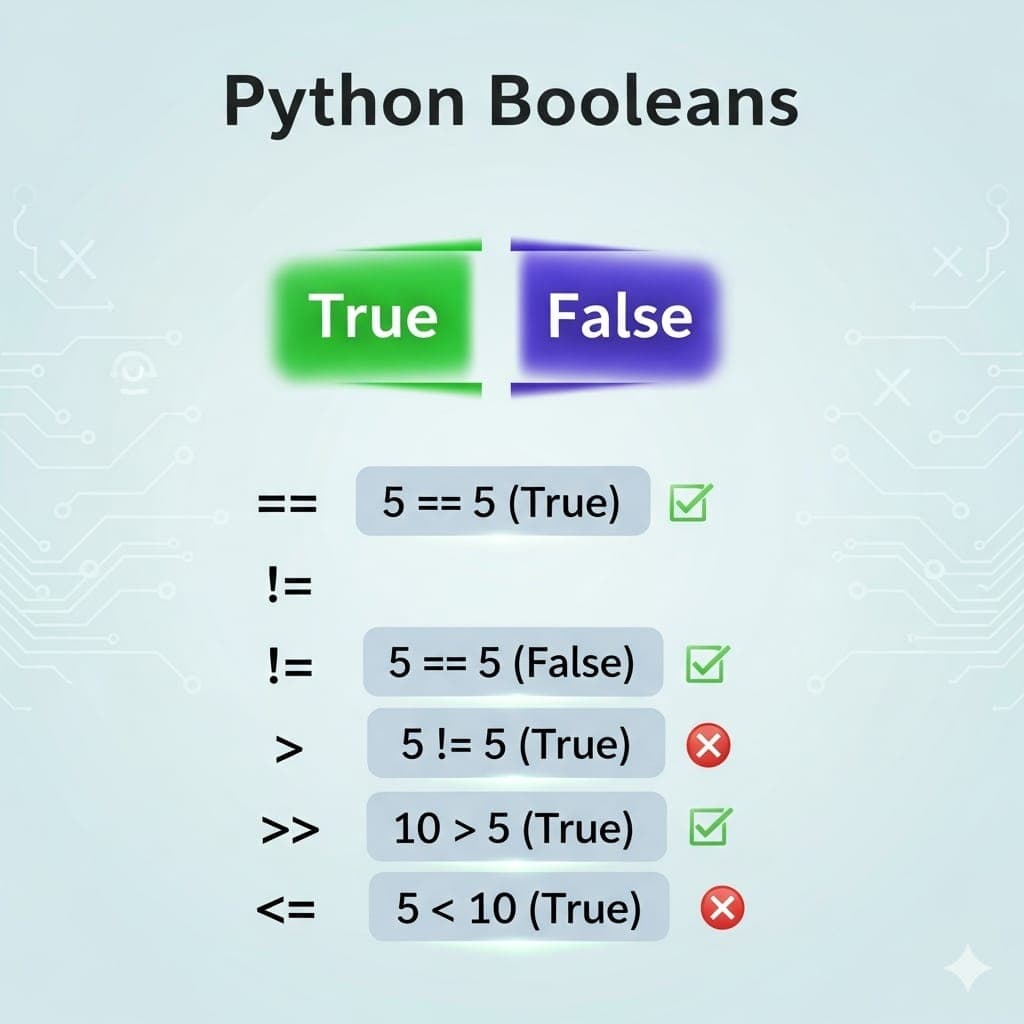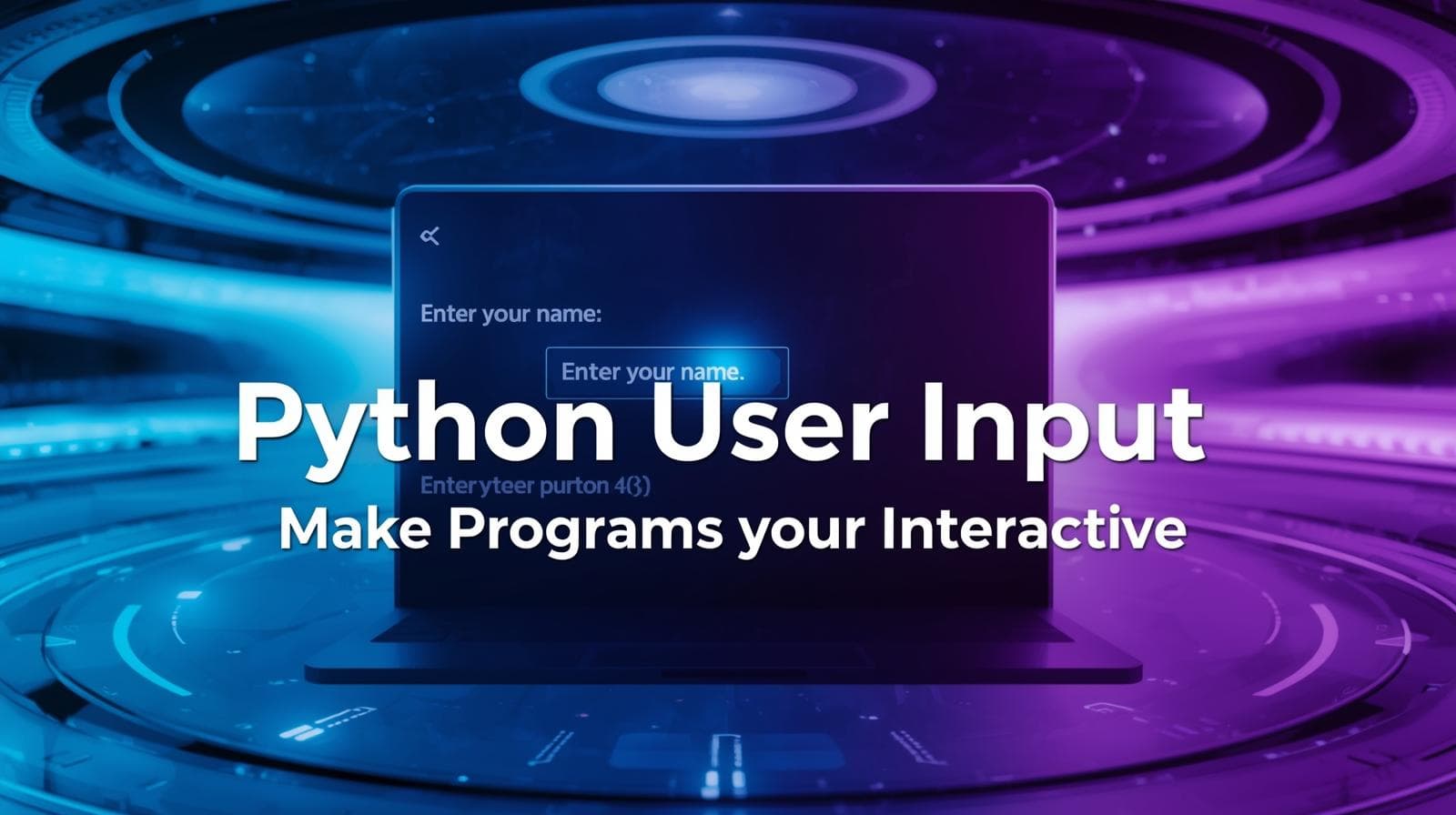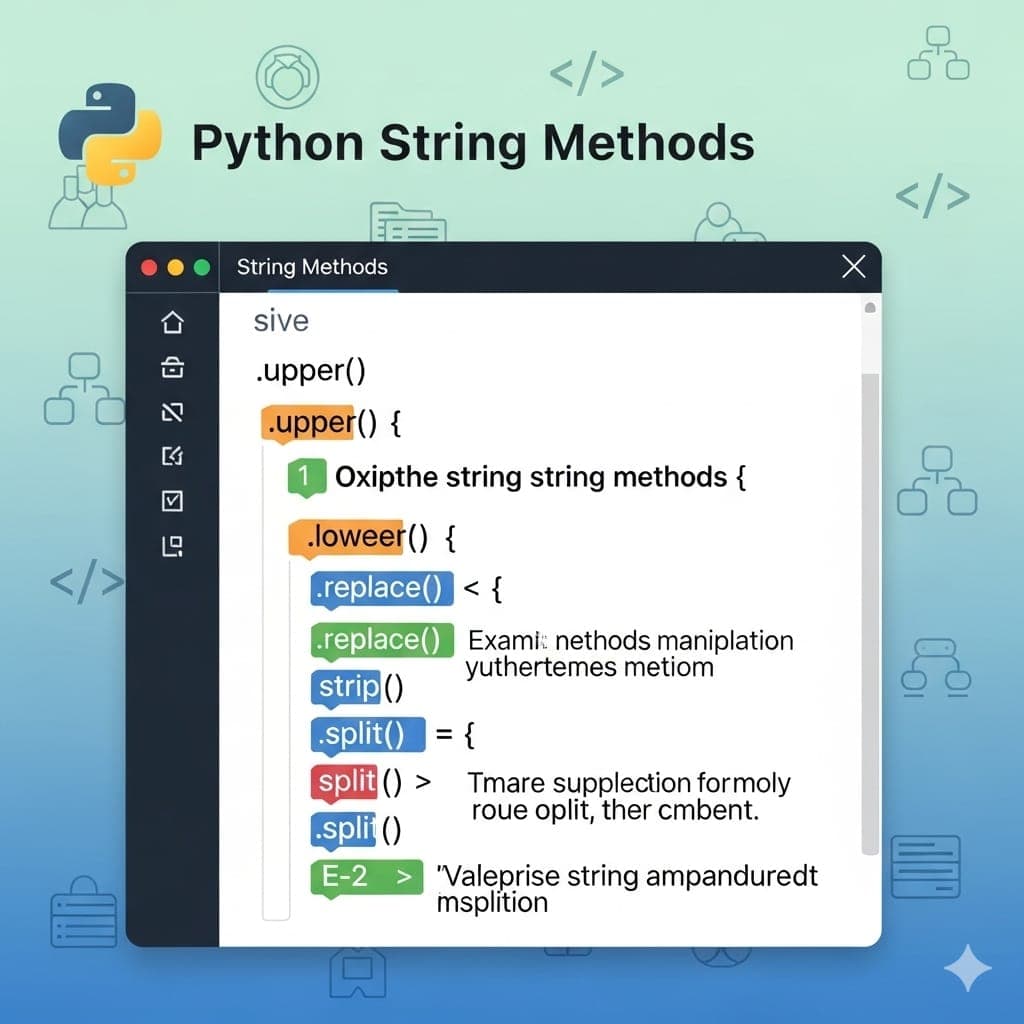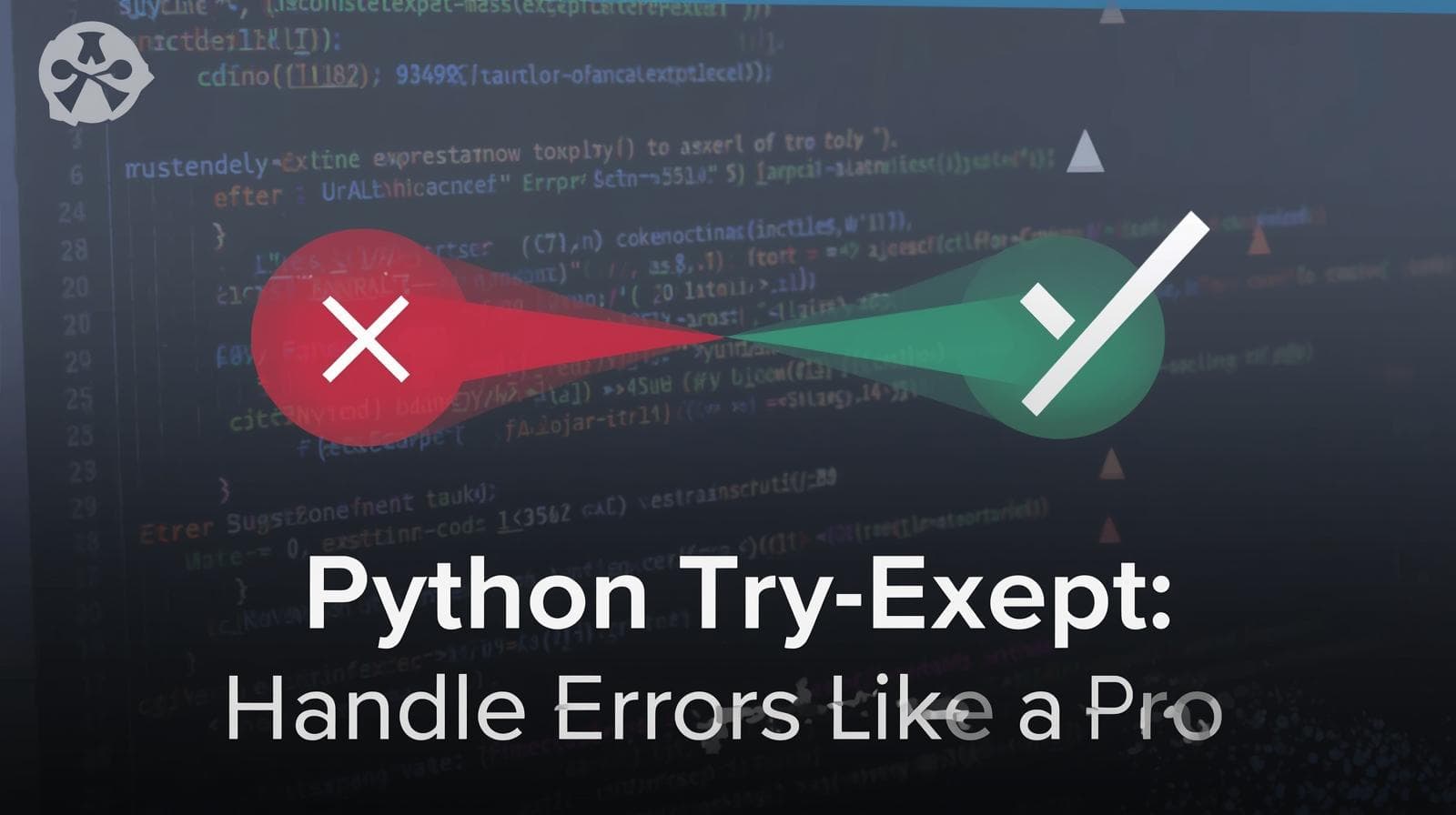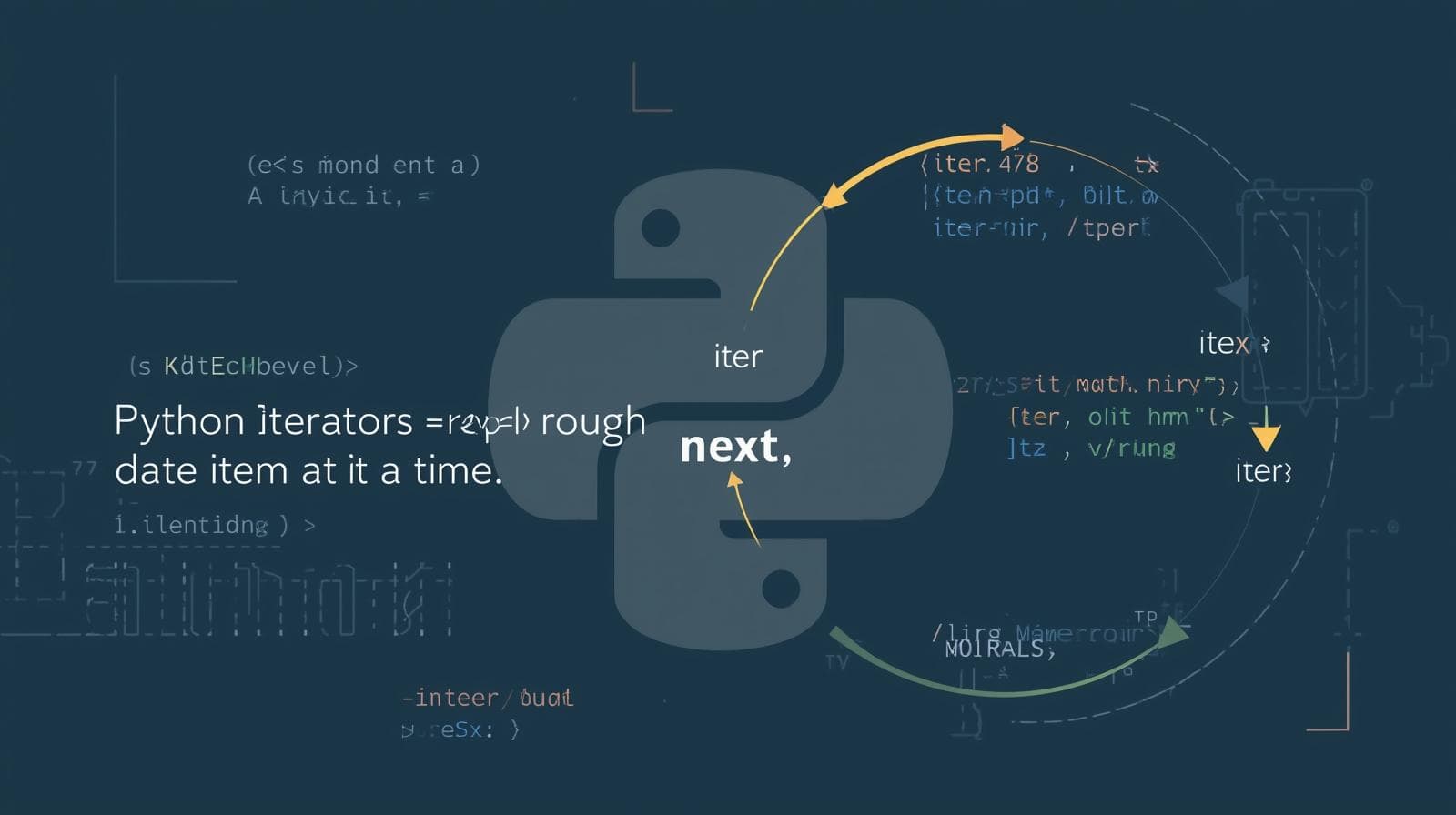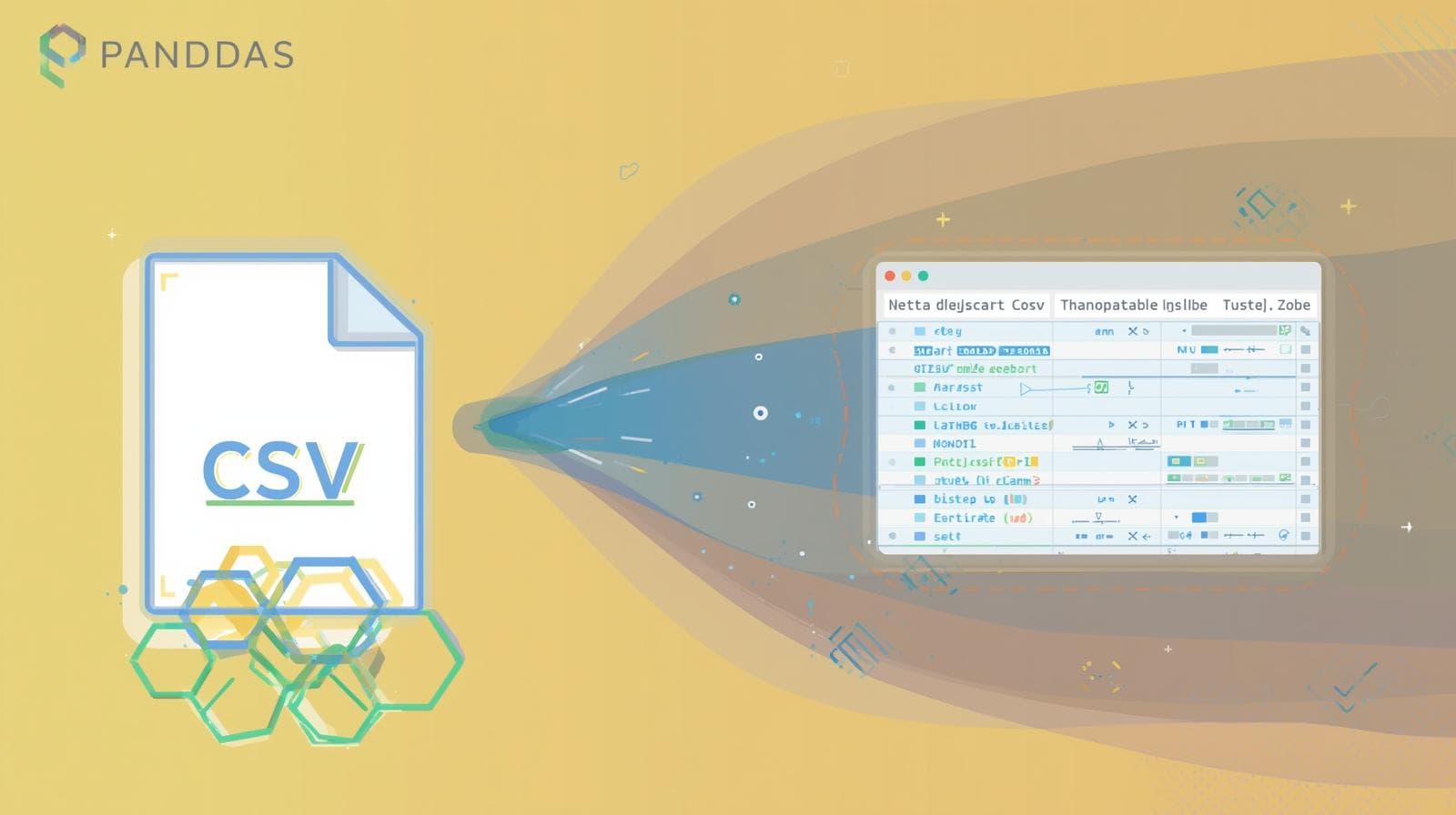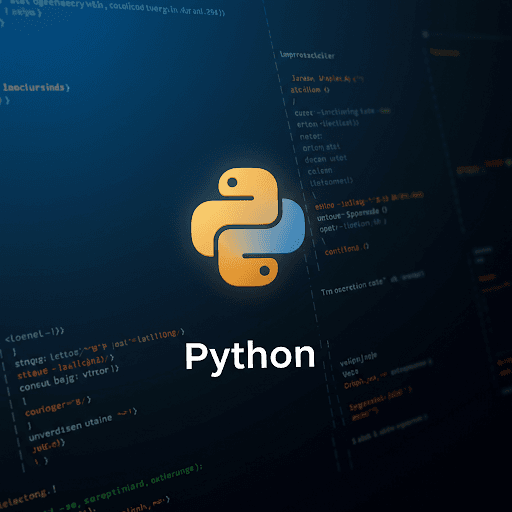Python Tips: How to Change and Update Dictionary Items
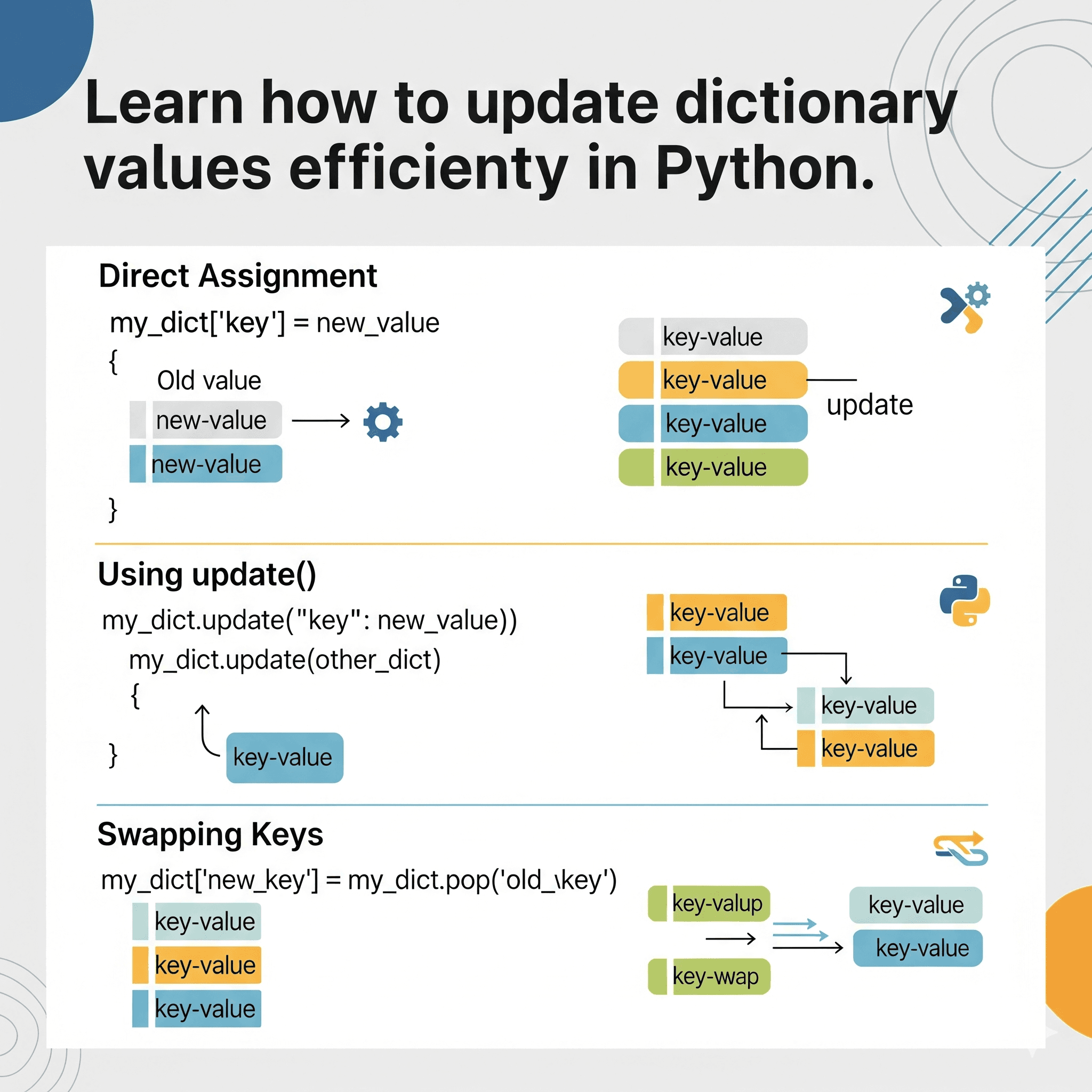
aster the basics of updating, adding, and modifying Python dictionary items with this easy-to-follow guide. Level up your coding skills today!
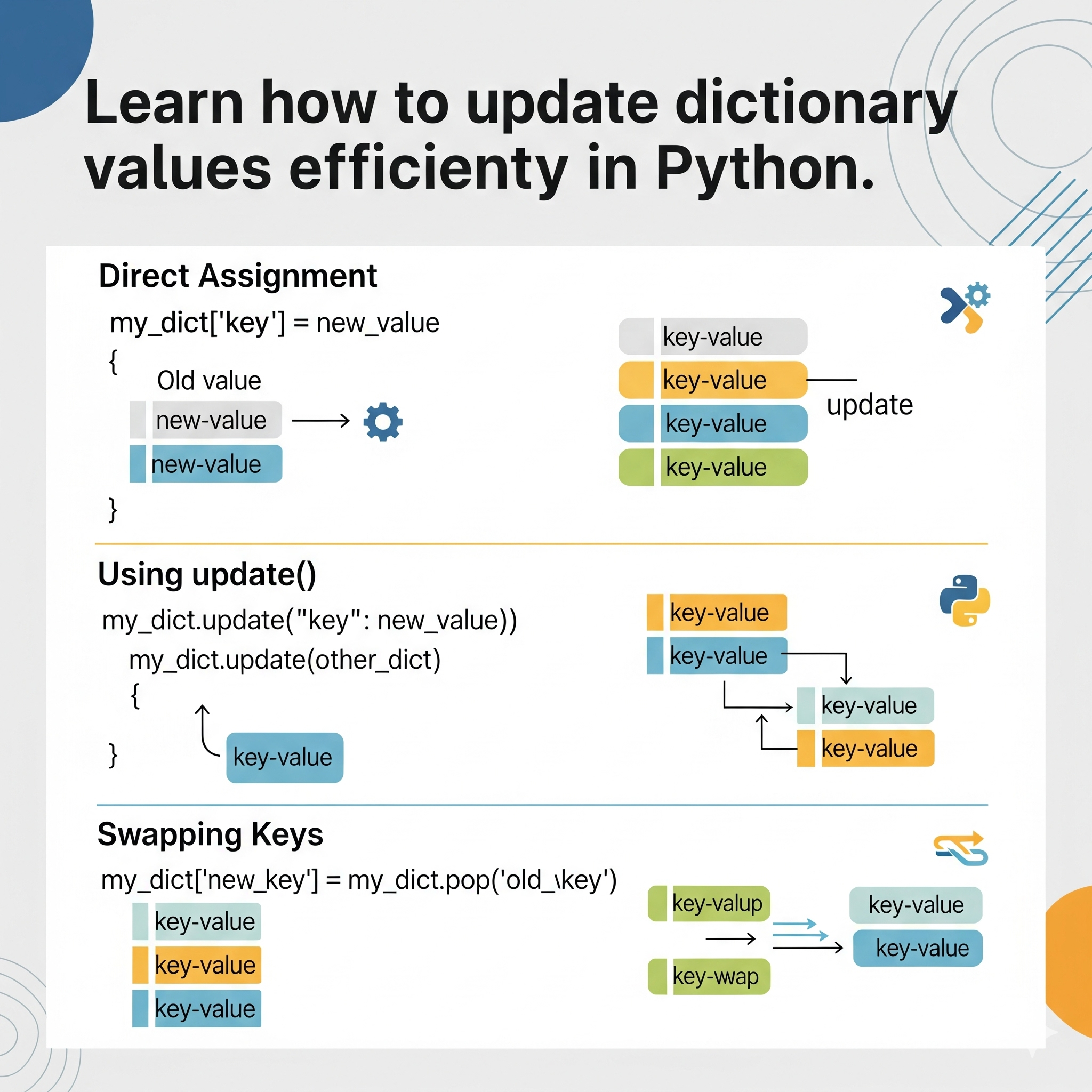
Python Tips: How to Change and Update Dictionary Items
Python Made Easy: How to Change and Update Dictionary Items
Hey there, future coders! 👋
If you're learning Python, you've undoubtedly run into one of its most useful and versatile data structures: the dictionary. Dictionaries are like the real-world notebooks they're named after—they store information in pairs (a key and its value) so you can quickly look something up.
But what happens when the information changes? Maybe a user updates their email address, a product's price goes on sale, or you simply need to correct a typo.
That's where knowing how to change dictionary items becomes an essential skill in your programming toolkit. It’s a fundamental concept, and getting comfortable with it will make your code much more dynamic and powerful. Let's break it down together!
The Simple Way: Updating a Value
Imagine we have a dictionary for a student in our system.
python
student = {
"name": "Riya",
"course": "Data Science",
"level": "Beginner"
}A few weeks into the course, Riya is doing great and is no longer a beginner! Let's update her level.
python
student["level"] = "Intermediate"
print(student)Output:{'name': 'Riya', 'course': 'Data Science', 'level': 'Intermediate'}
See? It’s that straightforward. You simply reference the key in square brackets ["key"] and use the assignment operator = to give it a new value. Python finds the key and updates its value instantly.
What If the Key Doesn't Exist? Adding New Items
Here’s the cool part: the exact same syntax is used to add a brand new key-value pair. Let's say we now want to add a field for Riya's graduation year.
python
student["graduation_year"] = 2024
print(student)Output:{'name': 'Riya', 'course': 'Data Science', 'level': 'Intermediate', 'graduation_year': 2024}
Since the key "graduation_year" didn't exist before, Python intelligently just adds it to the dictionary. Easy, right?
The Powerful update() Method
What if you need to update multiple values at once? Typing out each line would get tedious. Enter the superhero of dictionary modification: the .update() method.
This method can take another dictionary and merge it into the original one, updating existing keys and adding new ones.
Let's update Riya's course and add a new skill, all in one line.
python
student.update({"course": "Advanced Data Science", "skills": ["Python", "SQL"]})
print(student)Output:{'name': 'Riya', 'course': 'Advanced Data Science', 'level': 'Intermediate', 'graduation_year': 2024, 'skills': ['Python', 'SQL']}
Notice how "course" was updated and the new "skills" key was added. The .update() method is incredibly efficient for making multiple changes in a single, clean step.
A Word of Caution: Keys are Case-Sensitive
Remember, Python dictionaries are case-sensitive. student["level"] is different from student["Level"]. The latter would create a new key with a capital 'L', which is probably not what you want!
python
student["Level"] = "Expert" # Creates a new key 'Level'
print(student.keys()) # Output: dict_keys(['name', 'course', 'level', 'graduation_year', 'skills', 'Level'])Always double-check your spelling and casing to avoid unexpected bugs!
Why This Matters
Mastering these simple operations—using dict[key] = value and the update() method—is a huge step forward. It allows you to manage data that changes over time, which is at the heart of almost every real-world application, from user profiles to dynamic website content.
Keep Building Your Skills!
Dictionaries are a cornerstone of Python programming, and this is just the beginning. As you progress, you'll use them for everything from JSON API responses to complex data analysis.
If you found this guide helpful and are serious about building a strong foundation in software development, this is exactly the kind of practical, hands-on skill we focus on at CoderCrafter.
We believe in learning by doing. If you're ready to move beyond snippets and start building full-fledged applications, check out our in-depth courses:
Full Stack Development Course: Learn to build both the front-end and back-end of web applications from the ground up.
MERN Stack Course: Master the modern toolkit of MongoDB, Express.js, React, and Node.js to create fast and scalable web apps.
These programs are designed to take you from core concepts (like the dictionary methods we just used!) to a job-ready portfolio.
Ready to write the next chapter of your story? Visit codercrafter.in today to explore our courses and enroll!
Python Made Simple: How to Find and Access Data in Dictionaries
Ever felt the frustration of knowing you have the information you need, but you just can't seem to get your hands on it? In the world of Python programming, this often happens to beginners when they first meet the powerful dictionary.
Dictionaries are amazing for organizing data. Think of them like a real dictionary: you look up a word (the key) to find its definition (the value). But how do you actually access that definition once you've stored it?
Don't worry! Accessing dictionary items is a fundamental skill, and once you get the hang of it, it becomes second nature. Let's walk through the different ways you can retrieve your data, from the simple to the safe.
1. The Square Bracket Method [ ] (The Direct Approach)
This is the most common and straightforward way to access a value. You simply use the key inside square brackets.
Let's create a dictionary for a course at CoderCrafter.
python
course = {
"name": "Full Stack Development",
"duration": "6 months",
"instructor": "Ms. Anika Sharma"
}
# Access the value for the key "name"
print(course["name"])Output:Full Stack Development
It's direct and easy. But there's a catch... what if we try to access a key that doesn't exist?
python
print(course["price"]) # This will cause an error!Output:KeyError: 'price'
A KeyError is Python's way of saying, "I looked everywhere, and I can't find that key!" This method is perfect when you are 100% sure the key exists.
2. The get() Method (The Safe & Polite Approach)
To avoid those scary KeyError messages, we use the .get() method. It's like asking politely, "Could you please give me the value for this key? If you don't have it, no worries, I'll handle it."
The .get() method returns the value if the key exists. If it doesn't, it returns None by default, or a value you specify.
python
# Safe access to an existing key
print(course.get("duration")) # Output: 6 months
# Graceful handling of a missing key
print(course.get("price")) # Output: None (no error!)
print(course.get("price", "Not Available")) # Output: Not AvailableThis method is highly recommended because it makes your program more robust and prevents it from crashing unexpectedly.
3. Accessing All Keys, Values, and Items
Sometimes, you don't want just one value; you want to see everything. Python provides simple methods for this.
python
# Get all the keys
print(course.keys()) # Output: dict_keys(['name', 'duration', 'instructor'])
# Get all the values
print(course.values()) # Output: dict_values(['Full Stack Development', '6 months', 'Ms. Anika Sharma'])
# Get all the key-value pairs as tuples
print(course.items()) # Output: dict_items([('name', 'Full Stack Development'), ('duration', '6 months'), ...])These are incredibly useful when you need to loop through everything in a dictionary, which is a very common task.
4. Checking if a Key Exists (The Guardian Approach)
Before you access a key, it's often good practice to check for its existence using the in keyword. It's like checking the weather before you go out—a simple step that saves trouble.
python
# Check if a key exists in the dictionary
if "instructor" in course:
print("Instructor's name is:", course["instructor"])
else:
print("Instructor information not available.")
if "discount" in course:
print("Discount available!")
else:
print("No discount at this time.")This approach combines safety with clarity, making your code easy to read and understand.
Why Learning This Foundation is Crucial
Understanding how to access data is not just about dictionaries; it's about learning how to talk to your program and retrieve the information you need. This skill is the bedrock of data manipulation, whether you're building a simple script, analyzing data, or creating a complex web application.
At CoderCrafter, we believe in strengthening these core fundamentals. Once you're comfortable with concepts like these, you can confidently dive into building real-world projects.
If you're excited to build upon this foundation and learn how to create complete applications, explore our structured programs:
Full Stack Development Course: Master both front-end and back-end technologies.
MERN Stack Course: Specialize in building modern web applications with MongoDB, Express, React, and Node.js.
We provide the guidance, the projects, and the community support to turn you from a beginner into a job-ready developer.
Your coding journey is waiting for you. Visit codercrafter.in to learn more and enroll today!
